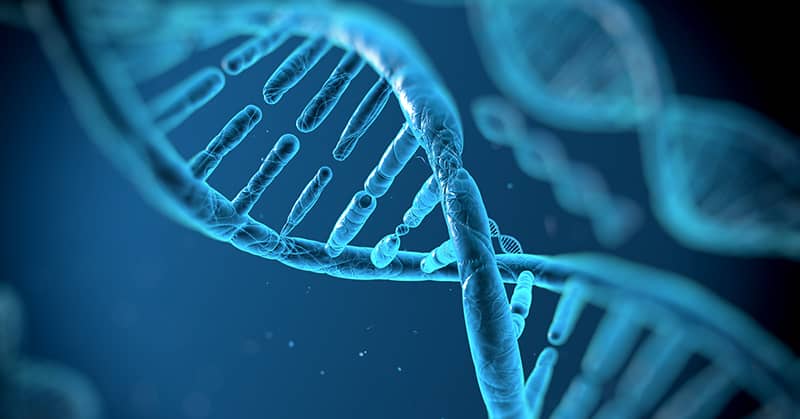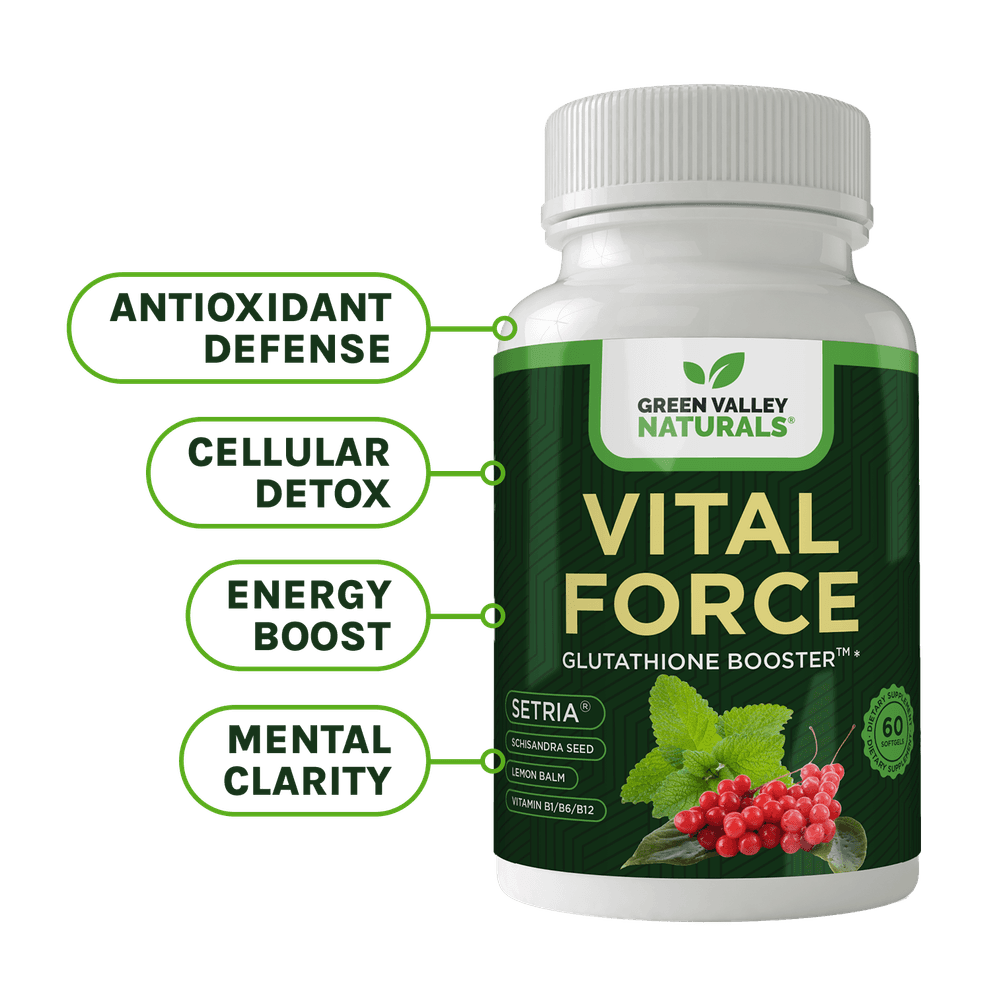
You do your best to avoid toxic chemicals and any dangerous pollutants in your air and water. If you’re like most of us, you might even buy household products that are free from harsh chemicals. It’s a smart move. But did you know that the highest levels of the toxic chemical formaldehyde aren’t released from your consumer products but from your very own body?
We'll tell you why this little-known source of toxic pollutants could be making you grow old before your time, and what you can do about it.
The highest levels of formaldehyde in our environment are usually found in the home because it’s released from gas stoves, certain pressed wood products, and consumer items such as cosmetics and home furnishings.
We want to keep levels of this toxic, cancer-causing chemical as low as possible. And yet, our body produces much more than we could ever breathe in.
That’s bad news because, in breakthrough research, scientists have discovered that formaldehyde may be a key driver of natural aging. On the plus side, discovering ways to reduce it could potentially slow down the aging process.
Metabolism byproduct damages your DNA
Formaldehyde is produced in the body as a byproduct of normal metabolism. But because it’s toxic, highly reactive, and damages DNA, the body neutralizes it in two ways.
Firstly, by enzymes that convert formaldehyde into non-toxic products. And secondly, by DNA repair enzymes. However, with aging it’s possible these mechanisms may weaken leading to formaldehyde accumulation in tissues.
While its potential for harm is acknowledged, formaldehyde’s connection with aging wasn’t considered until scientists from the UK’s Medical Research Council (MRC) published their recent findings, even though clues to this connection already existed from a rare genetic disease called Fanconi anemia (FA).
Dramatically speeds up aging
People with FA have decreased production of all types of blood cells because they don’t have the mechanism to fix the DNA damage caused by formaldehyde. As a result, they’re not only at high risk of developing blood cancers and other types of cancer at a young age, but also display signs of accelerated blood aging.
Previous research at the MRC identified aldehydes, the group of molecules to which formaldehyde belongs, as a source of DNA damage that causes mutations in blood stem cells and increases blood cancers.
In the latest research published in the journal Molecular Cell in July, the MRC team wanted to find out what would happen if they switched off the DNA defense mechanisms in the blood stem cells of mice, much like what occurs in FA.
In doing so, it was like they pressed a fast forward on the body’s aging button!
As formaldehyde accumulated in the blood stem cells, the mice aged much more rapidly than usual causing blood stem cells of an eight-week-old mouse to look like those of a two-year-old. They functioned like old cells too.
This research now identifies a common link between DNA damage in blood cancer and aging.
Aging is a programmed stress response
Dr. Meng Wang, who co-led the new study believes their findings suggest DNA damage is a key driver of aging. He explained, saying: “There’s this debate in aging. One side says that aging is a result of slow, gradual, accumulated damage, like riding the same bicycle over the years. Slowly bits of rust and everything makes it not work as well as it used to.
“And then there’s the other camp that says, actually aging is a programmed response triggered by various stressors that turns a young cell into an older one. And what we found is actually, at least in blood stem cells, it is very much a triggered response, dependent on a protein called p53.”
Among its many roles p53 oversees activating a cell’s response to DNA damage, so in the experiment when the DNA defenses were switched off, more p53 was present to undo the DNA damage, as was expected.
But the research also shows this p53 response accelerates aging.
“When we then removed p53,” Dr. Wang said, “we rejuvenate these mice. We reversed the onset of accelerated aging. And what that shows, is that aging isn’t just the result of cumulative damage, it’s very much the way our body responds to the damage.”
He believes we shouldn’t be despondent about the damage caused by formaldehyde because “knowing that this specific chemical is causing the damage is actually really exciting because it means there is something that we can potentially target. So, let’s find out where formaldehyde is made in the cell, and whether we can modulate it.”
Reducing exposure to formaldehyde
Although our own body’s metabolism produces far more formaldehyde than most of us can ever be exposed to from the environment, that doesn’t mean we shouldn’t do everything we can to limit exposure both from air pollution and dietary sources.
The EPA suggests using "exterior grade" pressed wood products, air conditioning and dehumidifiers to maintain moderate temperature and reduce humidity, and to increase ventilation in the home.
A major source of exposure in the diet comes from alcohol.
The breakdown of aspartame also results in formaldehyde. It can also be formed by free radicals derived from fats (lipid peroxidation) which could mean that antioxidants would be helpful. However, many healthy foods like apples and carrots contain formaldehyde, so the relevance of dietary sources is currently unknown.
The MRC team is looking into this issue as they want to determine if formaldehyde production in the body is affected by food or other lifestyle factors. According to Dr. Wang, if it’s a case of modulating the diet, “then I think everyone has a stake in the game.”
Best regards,
The Green Valley Team

